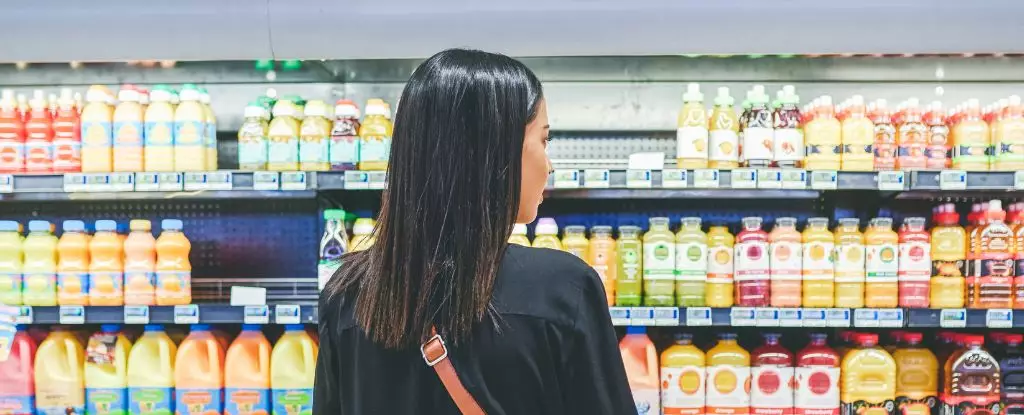In an age where health warnings dominate the headlines, a recent study from France’s food safety agency has unveiled an unsettling truth: drinks contained in glass bottles may harbor significantly higher levels of microplastics compared to their plastic counterparts. This revelation challenges preconceived notions about the safety of glass packaging, long considered the healthier alternative for beverages. As we unravel these findings, it’s crucial to recognize the broader implications of microplastic contamination and the urgent need for consumer awareness.
A common belief has been that opting for glass bottles is synonymous with making a healthier choice. However, the research led by Guillaume Duflos highlights a stark contradiction. Within glass bottles of soft drinks, lemonade, iced tea, and beer, an alarming average of around 100 microplastic particles per liter was detected. This figure starkly contrasts with the paltry numbers found in plastic bottles and metal cans, thus shattering any residual illusions of glass being inherently safer. Ayshkenaz, a PhD student directly involved in the research, expressed surprise at these results, suggesting a misunderstanding that has persisted in consumer behavior and marketing rhetoric alike.
The Deteriorating Quality of Packaging
Delving deeper into the study, researchers discovered the microscopic plastic particles identified in glass beverages were reminiscent of the paint utilized on the caps of these bottles. Surprisingly, the complexity of the issue stems not just from the materials used but also from mechanical wear and tear on the caps themselves. These caps generate tiny scratches that, although imperceptible, ultimately shed microplastic particles into the drinks they seal. This detail raises urgent questions about manufacturing practices and the accountability of those producing these products.
To complicate matters, the absence of a reference point regarding harmful levels of microplastics leaves the public in a nebulous state of uncertainty. Despite the alarming figures reported, the French food safety agency does not explicitly state what constitutes a “safe” or “toxic” amount of microplastics in our beverages. This omission is particularly troubling given the potential long-term health effects of ingesting microplastics, which are still under rigorous scrutiny within the scientific community. The lack of conclusive evidence regarding health risks does not diminish the reality of the threat we face, hinting at a far-removed science that is struggling to match the pace of environmental and health challenges.
Modern Solutions to an Age-Old Problem
Yet, amidst these daunting findings, a glimmer of hope emerges. The agency tested a specific cleaning methodology that successfully reduced contamination levels by a staggering 60 percent. This revelation lays the groundwork for potential solutions manufacturers can implement to mitigate these risks. Whether through improved capping methods or the development of alternative sealants, this research invigorates the conversation around health safety protocols in production standards, heralding a necessary shift in industry practices.
The Liberal Perspective: Advocating for Transparency and Change
From a center-wing liberal viewpoint, this situation underscores the need for greater corporate accountability and transparency in the beverage industry. We must demand that companies prioritize consumer health over profit margins. The fact that the manufacturers are able to reduce microplastic contamination efficiently highlights the absurdity of the current status quo where such practices aren’t universally adopted. Advocating for stricter regulations and more robust testing around food and beverage safety should resonate across the spectrum of public health advocates and liberal thinkers who prioritize both consumer rights and environmental conservation.
As this conversation unfolds, let us not ignore the enormity of the issue at hand. The knowledge that we may be unknowingly consuming microplastics from our favorite drinks – especially those believed to be the healthy choice – should ignite a fire under policymakers and consumers alike to demand change. It’s time we dismantle the walls of complacency that enable harmful practices to persist and foster a culture of accountability that prioritizes our well-being.

Leave a Reply